3 Student Activity How Fast Does the Pacific Plate move?At transform boundaries, plates move in opposite directions slowly grinding past each other, occasionally getting snagged on each other As pressure builds, the plates finally slip, releasing a jolt of energy that we feel as an earthquake California's San Andrea's fault is a perfect example of a transform boundary Divergent BoundariesLearn more Image Explore the MyPlate Food Groups Image Fruits Focus on whole fruits

Plate Tectonics Earth S Layers Britannica
Activity b my understanding of plate movement brainly
Activity b my understanding of plate movement brainly-The consequences of plate movement are easy to see around Krafla Volcano, in the northeastern part of Iceland Here, existing ground cracks have widened and new ones appear every few months From 1975 to 1984, numerous episodes of rifting (surface cracking) took place along the Krafla fissure zone Some of these rifting events were accompanied by volcanic activity;Plate activity on Earth has helped to regulate the level of carbon dioxide over the eons The same weathering that pulls nutrients from mountaintops down into the oceans also helps to remove carbon dioxide from the atmosphere



Plate Tectonics Accessscience From Mcgraw Hill Education
41 Plate Tectonics and Volcanism The relationships between plate tectonics and volcanism are shown on Figure 43 As summarized in Chapter 3, magma is formed at three main platetectonic settings divergent boundaries (decompression melting), convergent boundaries (flux melting), and mantle plumes (decompression melting)Take the quiz to find out and get personalized resources to Start Simple with MyPlate Take the Quiz or scroll to learn more The Dietary Guidelines for Americans, 25 are now available!Plate tectonics refers to the slow movement of the earth's crustal plates These plates were formed when earth's crust broke apart at the beginning of the global Flood Due to unique geological conditions, these plates moved rapidly, reshaping earth's surface This is known as Catastrophic Plate Tectonics (CPT)
My Feeling Preschool Activities Today I feel Read the book Today I Feel Silly And Other Moods That Make My Day After reading the book prompt students to discuss a variety of feelings Hand out a small paper plate to each child and encourage them to make a feeling puppet Have them color or cut out and paste a feeling face on their paper plateUnderstanding tectonic plates> Plate tectonics is the theory that Earth's outer shell is divided into several plates that glide over the mantle, the rocky inner layer above the core The plates act like a hard and rigid shell compared to Earth's mantlePlate tectonics says that the Earth's strong outer layer (called the lithosphere, which consists of crust and uppermost mantle) is broken into a mosaic of plates that slowly move over a mechanically weaker layer (the asthenosphere, which is part of the upper mantle)
3 Calculate the rate of movement of the Pacific Plate Lesson Contents 1 Teaching Lesson 13 a Introduction b Lecture Notes c Additional Resources 2 Teacher's dition ow a st Does the Pacific Plate move?The next time you teach plate tectonics, consider a drawwithme presentation that will engage your students and help them understand the spatial and movement aspects of plate boundary environments The process of drawing a picture involves students much more deeply than reading or discussion ThisThe content and activities in this topic will work towards building an understanding of how the surface of the earth has changed over time by the process of plate tectonics Earth's Tectonic Plates The earth's crust is broken into separate pieces called tectonic plates (Fig 714)
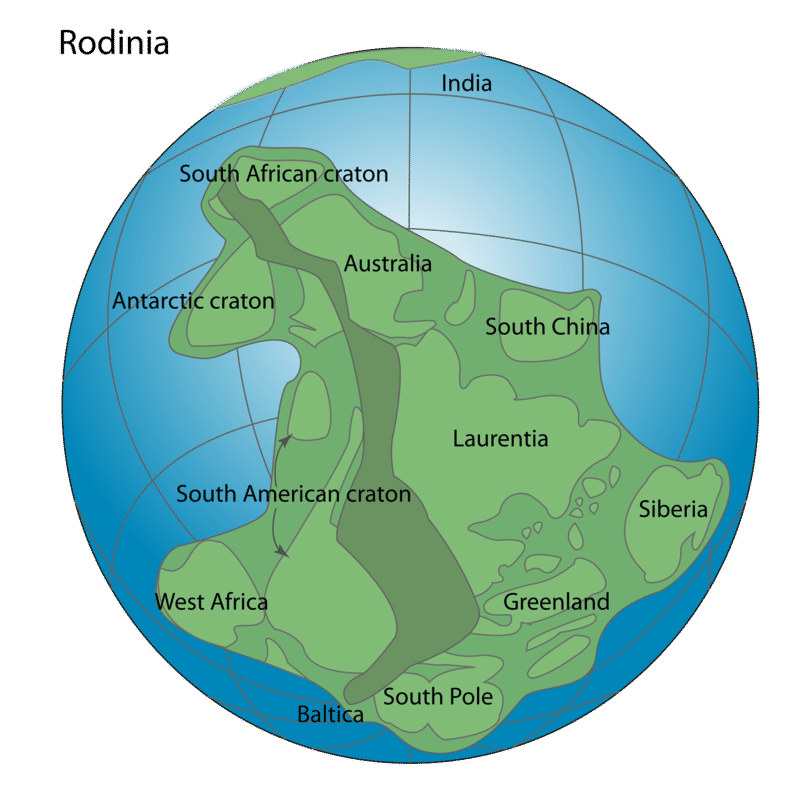


Theory Of Plate Tectonics Read Earth Science Ck 12 Foundation
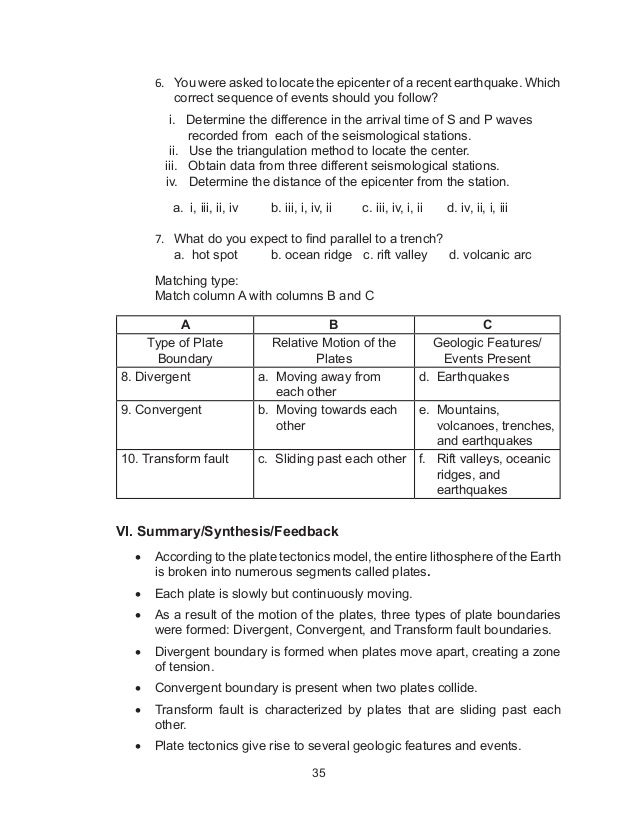


Lmgrade 10 Science Unit1
Are you making every bite count?1 Observe Boundary B is an example of a convergent boundary, where two plates are moving toward one anotherWhen the two plates both contain continental crust, it is called a collisional boundaryClick the left arrow four times to see how the plates moveCandy Bar Tectonics This is a fun activity that helps students understand the fundamentals of shifting plates and how these shifts in the Earth's core affect the Earth's crust Give each child a
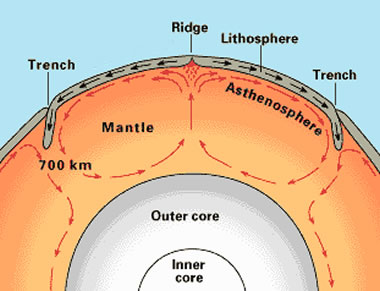


Plate Tectonics Map Plate Boundary Map



Plate Tectonics Accessscience From Mcgraw Hill Education
Live • 0 Movement in narrow zones along plate boundaries causes most earthquakes Most seismic activity occurs at three types of plate boundaries—divergent, convergent, and transform As the plates move past each other, they sometimes get caught and pressure builds up When the plates finally give and slip due to the increased pressure, energy is released as seismic waves, causing the ground to shakeThe theory of plate tectonics is a an educated guess b the current best explanation c a statement of fact d based upon one or several proven hypotheses e both b and d View AnswerWhat's on your plate?
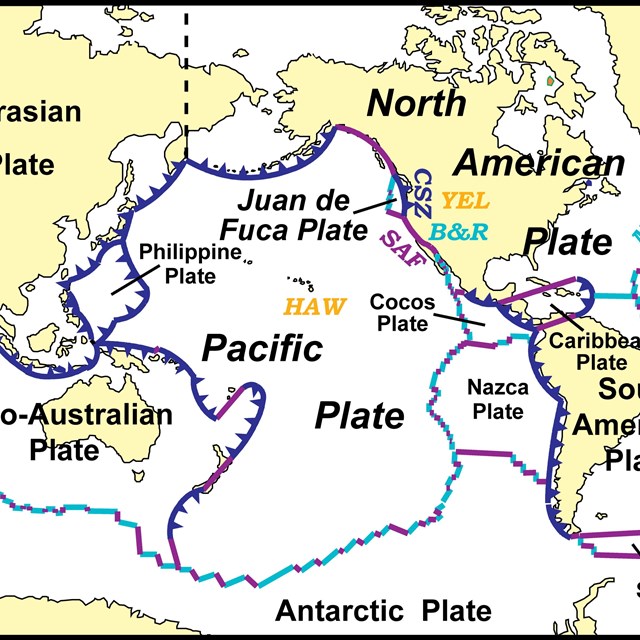


Plate Tectonics Our National Parks Geology U S National Park Service
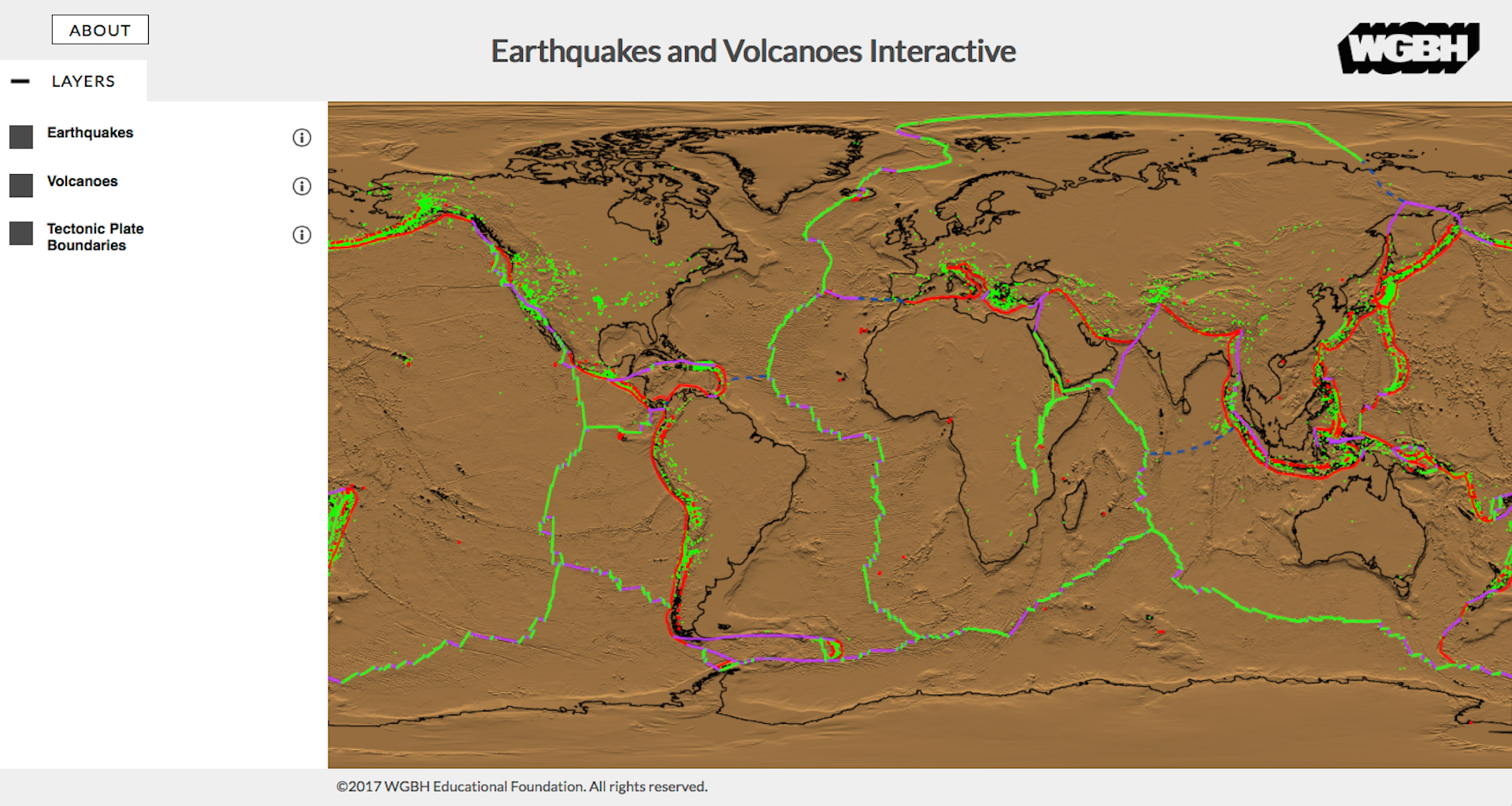


Earthquakes And Volcanoes Interactive Pbs Learningmedia
Plate activity on Earth has helped to regulate the level of carbon dioxide over the eons The same weathering that pulls nutrients from mountaintops down into the oceans also helps to remove carbon dioxide from the atmosphereThere are three main driving forces for the movement of the Earth's tectonic plates They are mantle convection, gravity, and the Earth's rotation Mantle convection is the most widely studied method of tectonic plate movement and it is very similar to the theory developed by Holmes in 1929The more likely explanation is movement of plates and subduction caused by convection currents Understanding of processes causing volcanic activity at margins Two plates move apart Magma rises through the crust, and some can erupt producing volcanoes Understanding of earthquakes at margins as plates move apart Faults



Plate Motion An Overview Sciencedirect Topics



How Plate Movement Affects Earthquakes Tsunamis Volcanic Eruptions Video Lesson Transcript Study Com
Plate motion is responsible for the uplift of most of the world's mountain ranges These ranges, in turn, have a direct effect on living things by altering migration patterns and opening and closing off ecological niches, which influences evolutionFinding identical or similar fossils in areas separated by vast distances were some of the first clues that scientists used to reconstruct past plate movement This distribution of fossils led to theories that the southern continents were once joined in a supercontinent called GondwanaAlthough this has yet to be proven with certainty, most geologists and geophysicists agree that plate movement is caused by the convection (that is, heat transfer resulting from the movement of a heated fluid) of magma in Earth's interior The heat source is thought to be the decay of radioactive elements
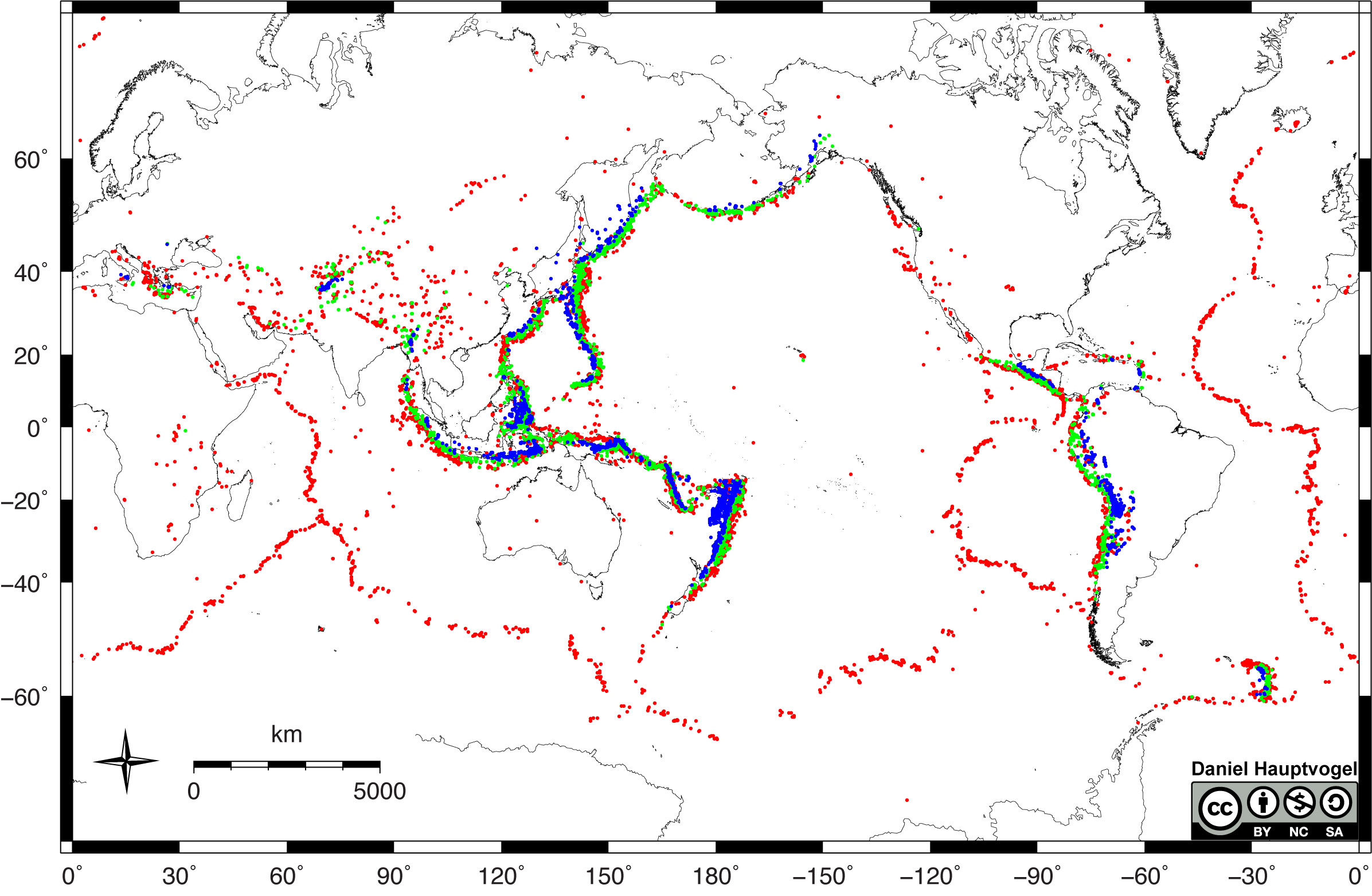


Chapter 1 Plate Tectonics The Story Of Earth



Major Plates Of The Lithosphere Earth S Tectonic Plates Earth Science Class Video Study Com



0 件のコメント:
コメントを投稿